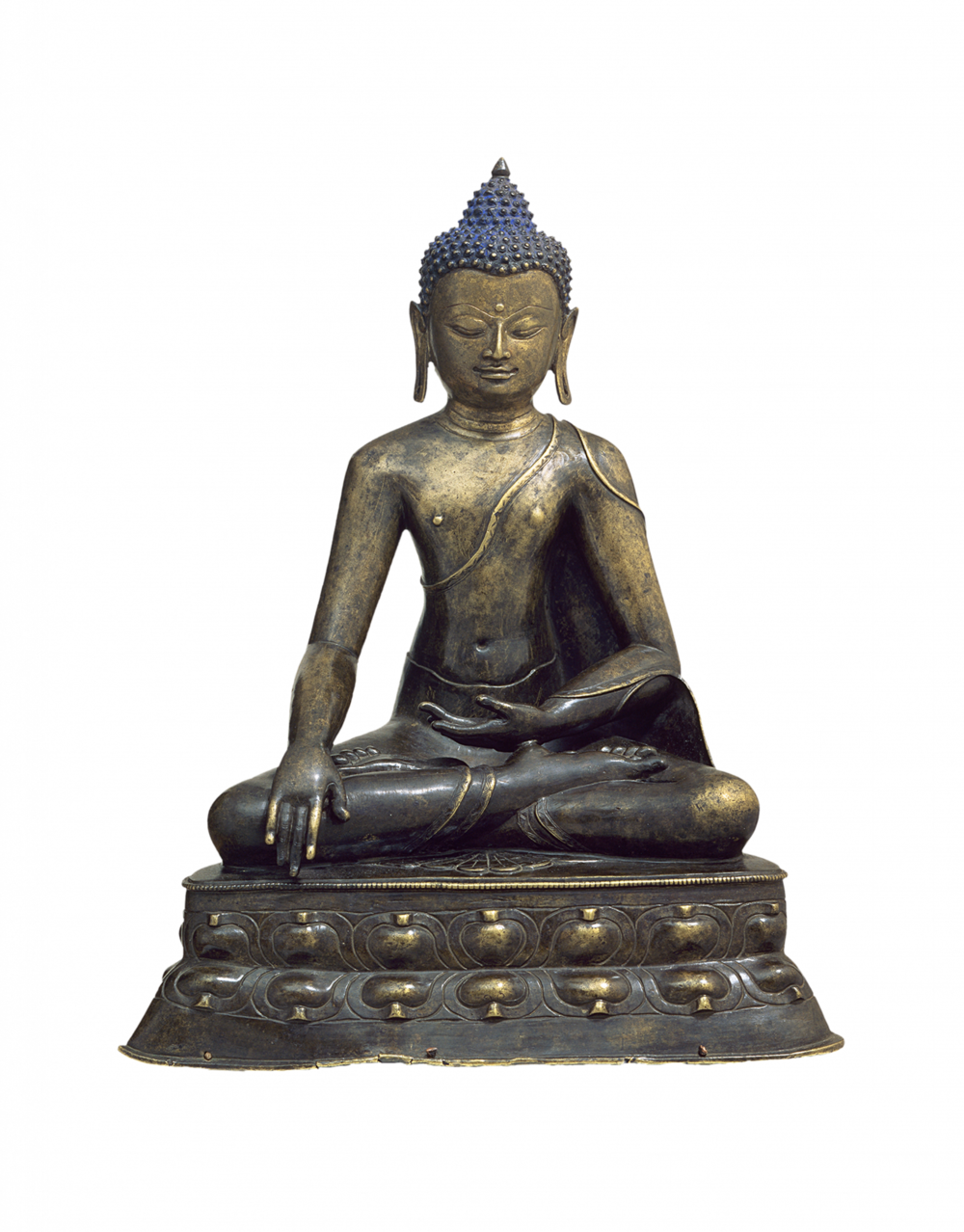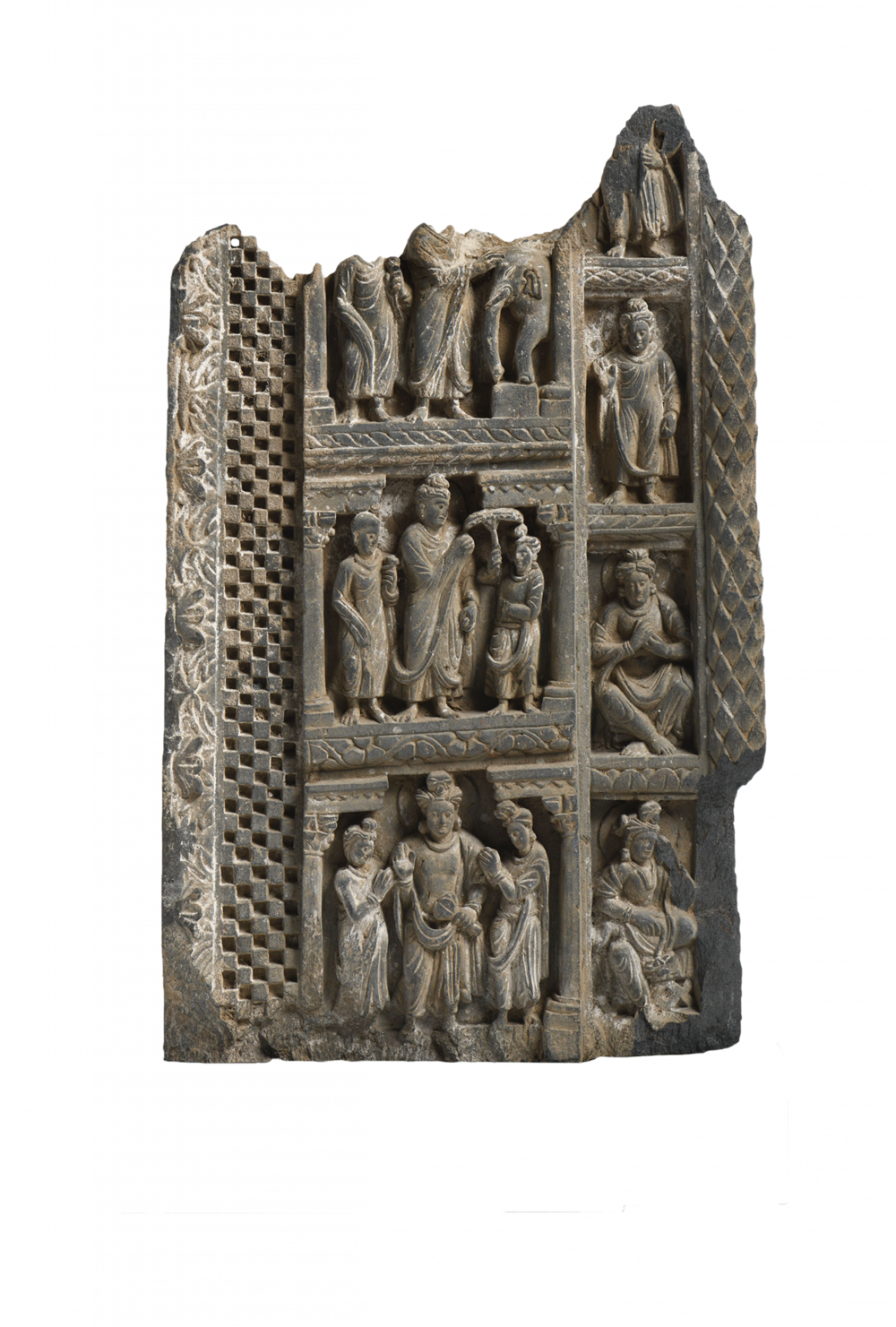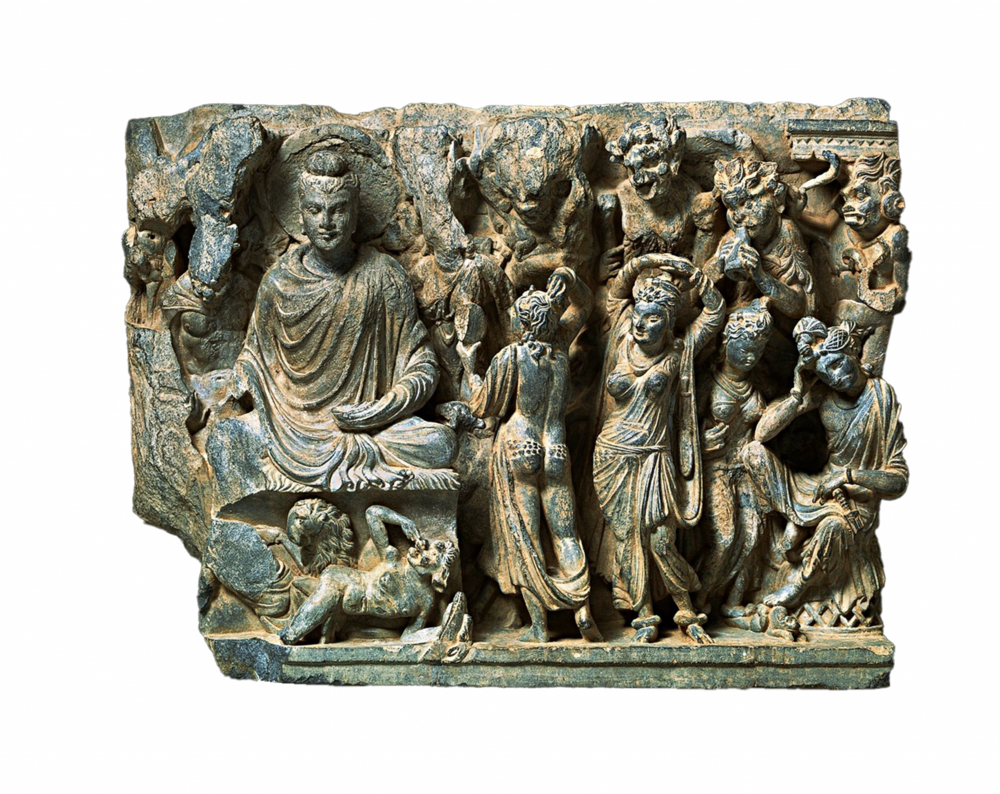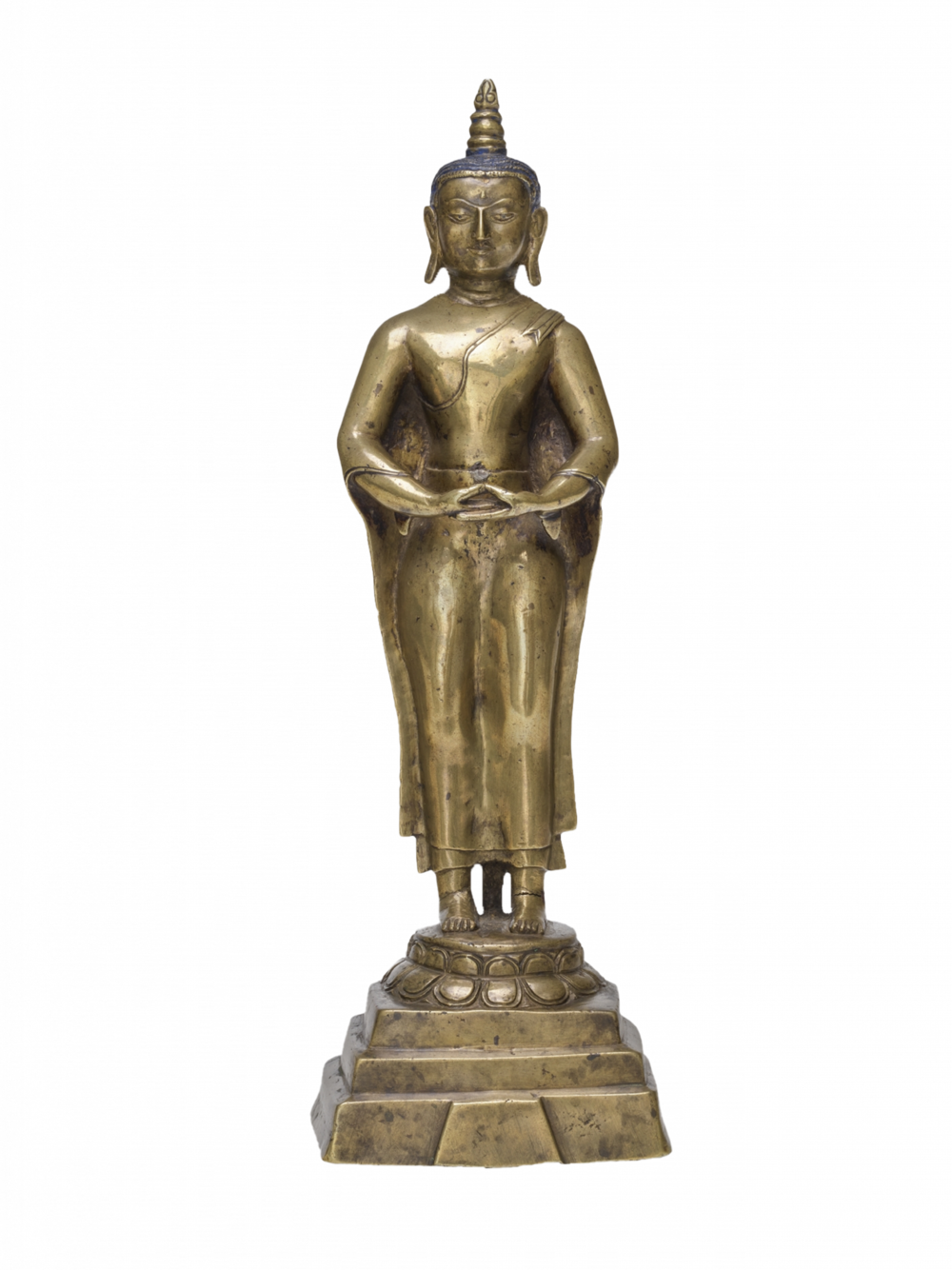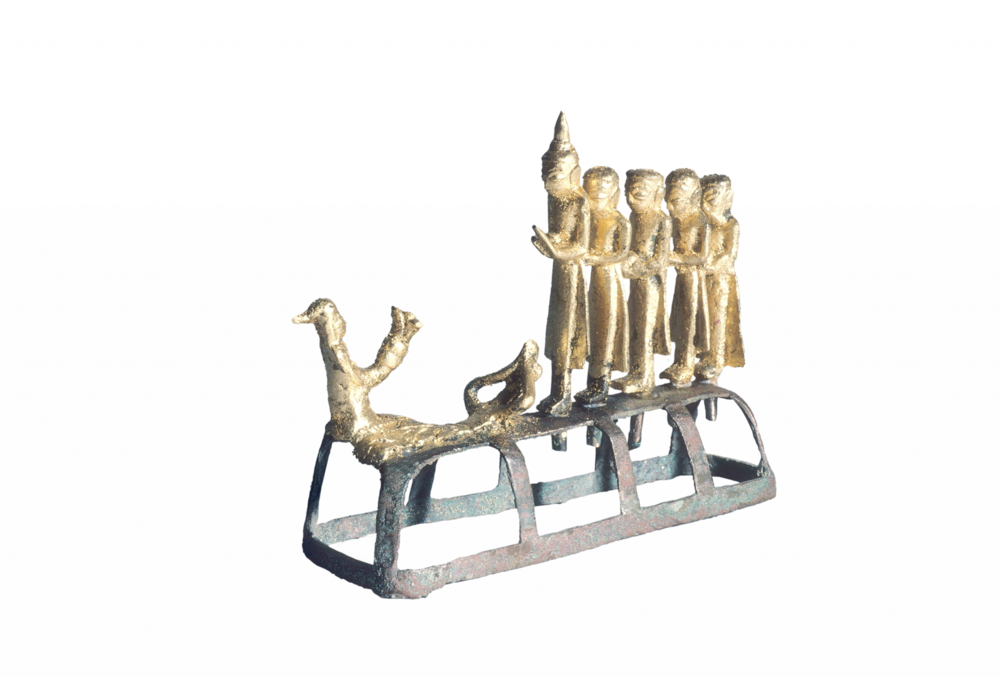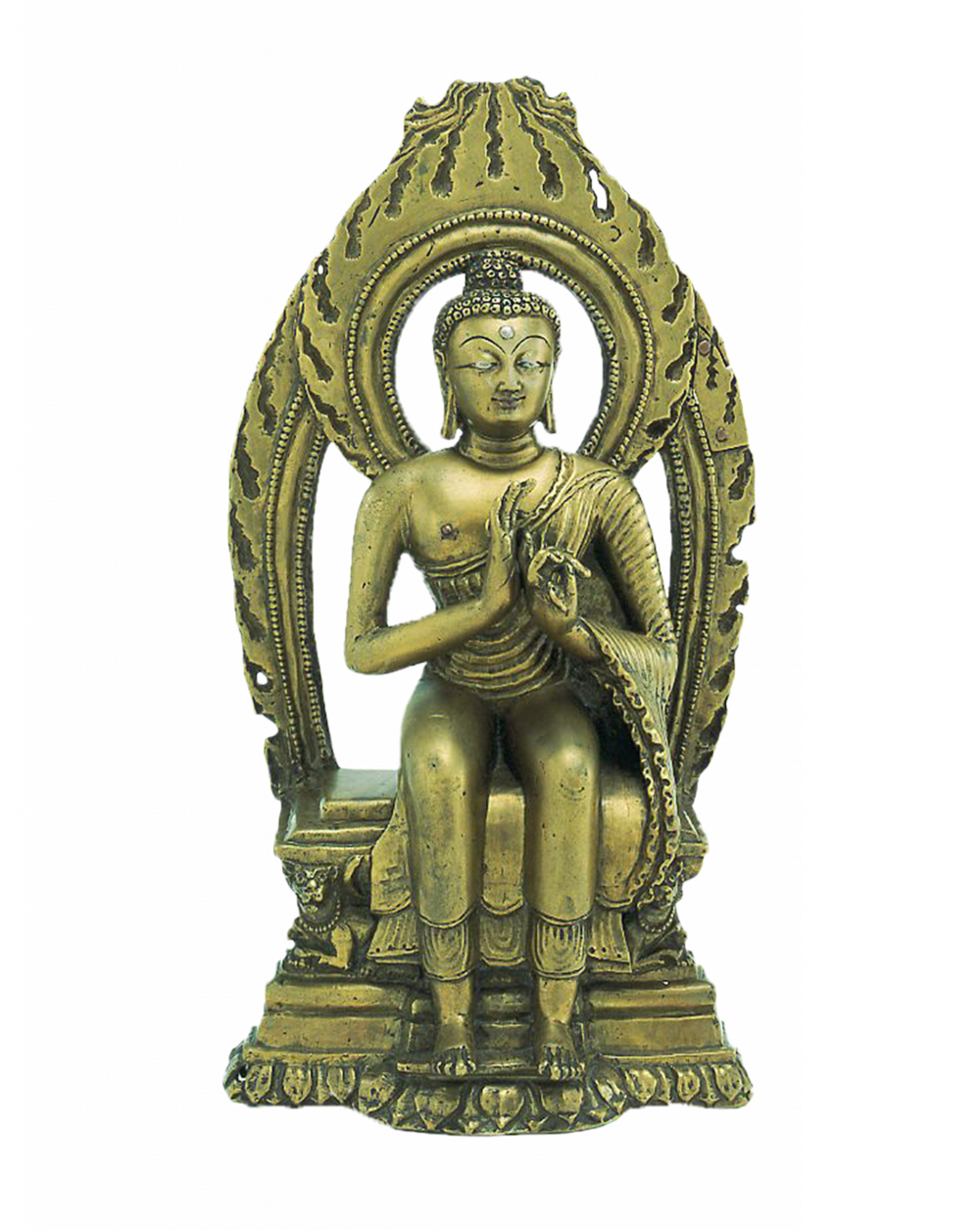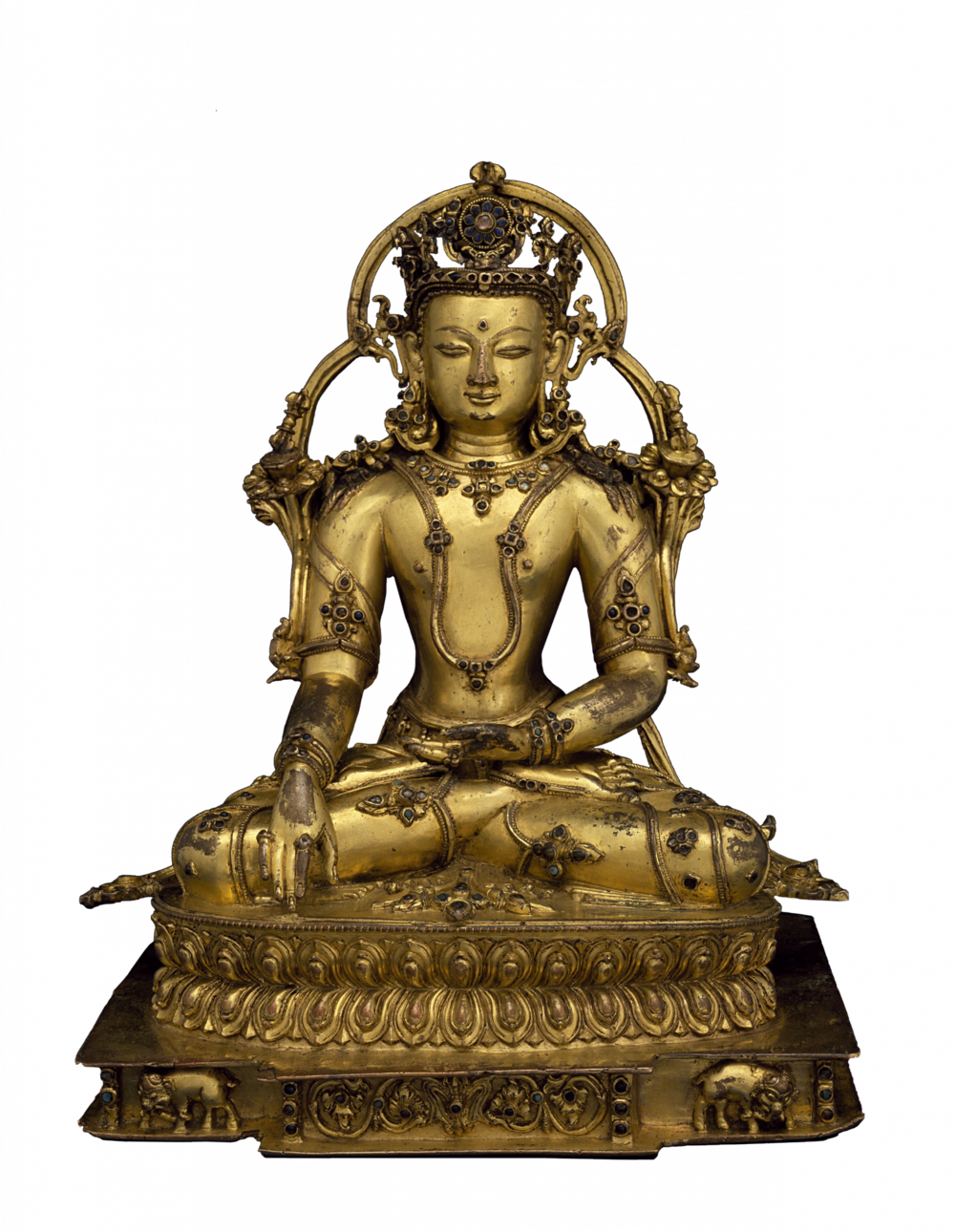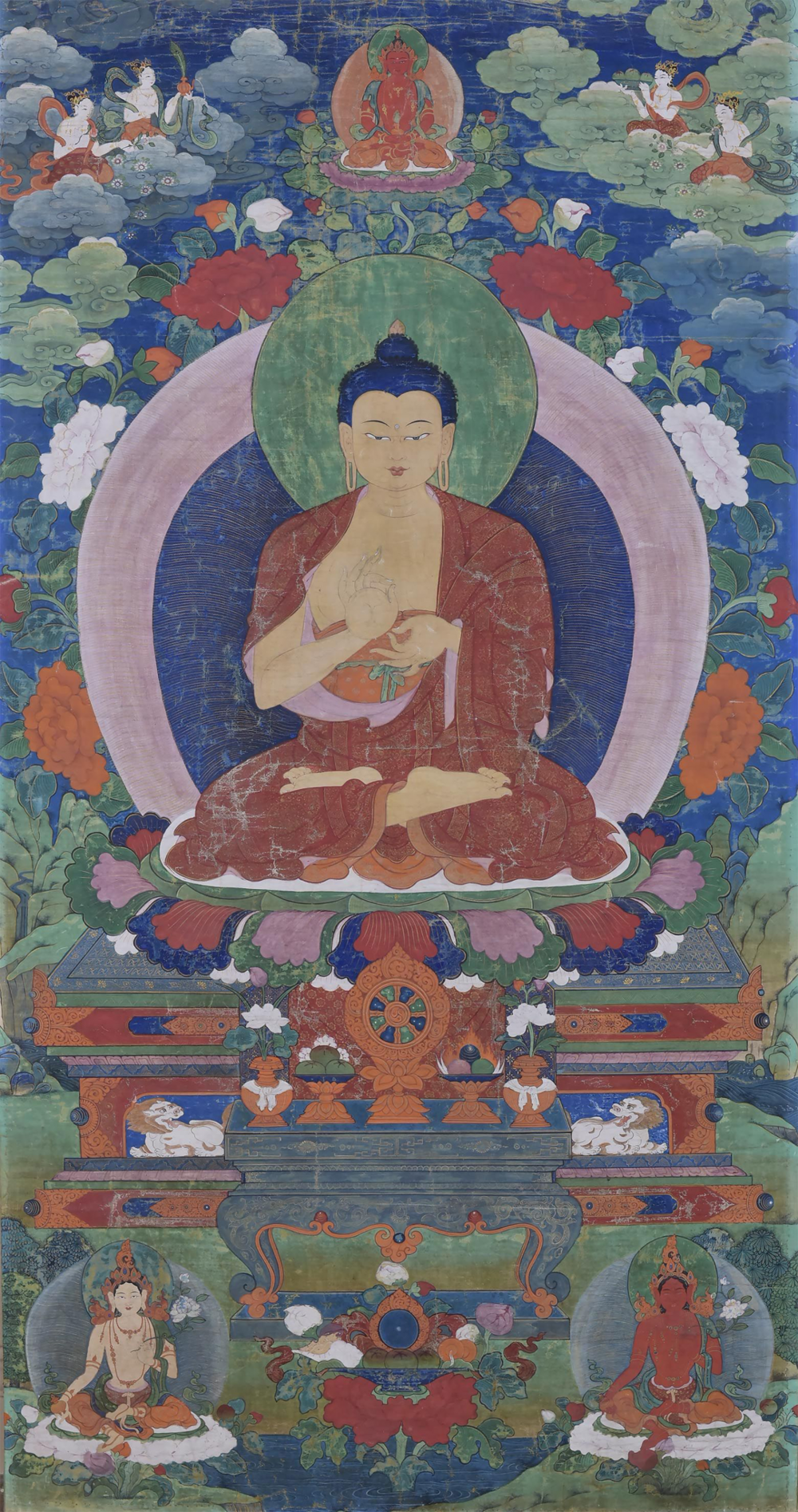Did you know that “Buddha” is not a name, but an honorific title?
You've probably heard of the Buddha, but there are other buddhas as well. One could say that becoming a buddha, an “awakened” one – and thus escaping the eternal cycle of rebirth – is the ultimate goal of Buddhist practice.
In Mahayana Buddhism, every human has the potential to attain Buddhahood. According to this school of thought, there is a primordial Buddha, a being identical with ultimate wisdom. This Buddha principle can become manifest on earth in human form, as was the case with the Buddha, the one who is said to have founded Buddhism.
By all accounts, manifestations of this principle existed before his time. It is believed that, at some point in the future, another buddha will emerge who will then reintroduce and renew the Buddhist principle.
According to Mahayana tradition, there are further embodiments of the Buddha principle that exist on a transcendental level. The five Transcendent Buddhas are believed to represent different aspects of this principle.
